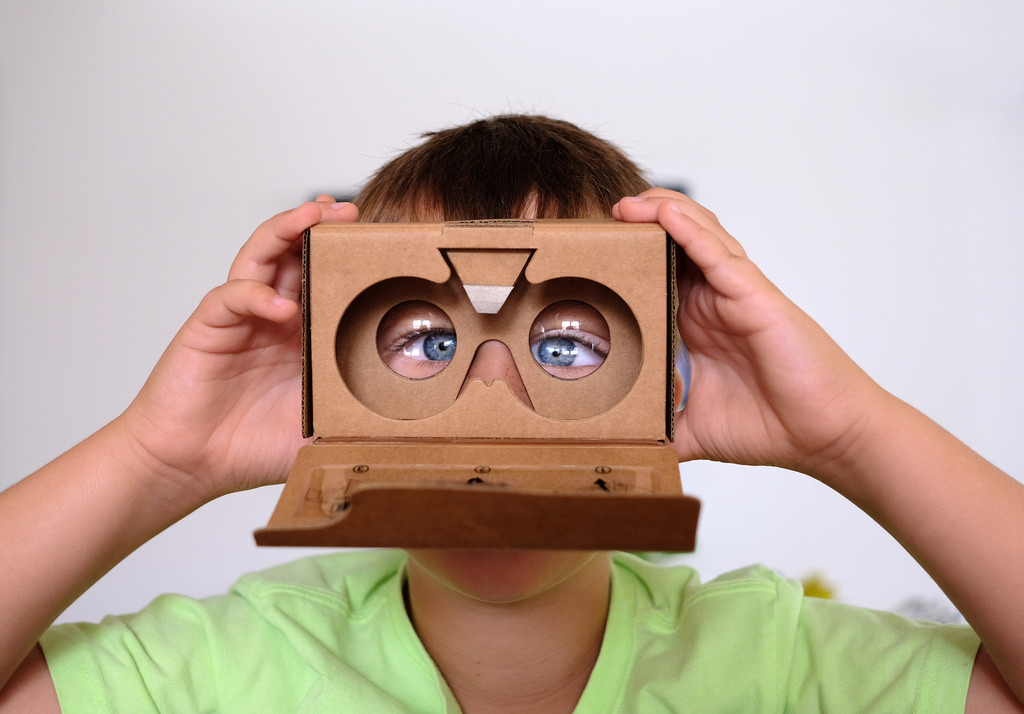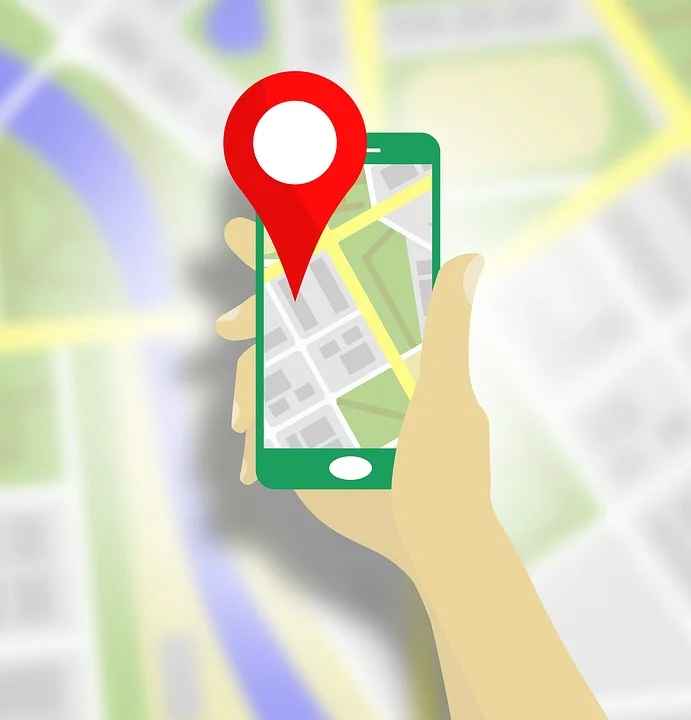Source: https://www.flickr.com/photos/criminalintent/29970439161
Over the years, AMT Lab has provided extensive coverage of all things Google and how the company’s tools can make the life of an arts manager easier. However, busy working professionals only have so much capacity to adapt new applications, and not every project that Google has spearheaded has successfully made its way into the mainstream’s routine workday. Over the next few weeks, we’re taking a look back at six of Google’s most talked about projects that we speculated would make a positive dent in arts management practices, and see how they’ve progressed. So far, we've investigated the status of Google Plus, Google Wave, Google Goggles, and Google Glass. This week, we'll check in on Google Cardboard and Google Places.
Source: https://commons.wikimedia.org/wiki/File:Google-Cardboard.jpg
Google Cardboard: In 2014, Google launched a low-cost, accessible way for the masses to access virtual reality for less than $25, called “Google Cardboard”. AMT Lab contributor Daniel Fonner covered how to use the technology and hypothesized about its broad use in the arts and arts management community. Indeed, the easy to use and inexpensive technology was widely accepted across the board, and as of mid 2017, Google had shipped over 10 million of the product to users, and the accompanying app had been downloaded over 160 million times. It has become a celebrated educational tool and allows students residing virtually anywhere to go on field trips to nearly anywhere in the world. Google continues to place heavy emphasis on the tool’s ability to bring culture to life, as demonstrated its compatibility with the newly launched “Google Arts and Culture” app in 2016. Although Google Cardboard is still enjoying continued success and resource allocation by Google, what is in store for its future? While low cost VR technology will continue to be in demand, it is likely to eventually be replaced by sleeker upgrades that will inevitably become cheaper over time, such as the company’s newly launched Daydream View, a $79 dollar VR headset. But for now, Google Cardboard continues to be the cheapest and most accessible way for arts managers to offer a culturally enriching VR experience.
Source: https://commons.wikimedia.org/wiki/File:Google-Cardboard.jpg
Google Places: Back in 2011, AMT Lab covered how smartphone use was quickly on the rise that that location based tools were starting to gain significant traction. One tool that was launched that year was called “Google Places”, an app that “lets you quickly search for places nearby and personalizes the results based on places you’ve rated.” AMT Lab encouraged arts managers to ensure their organization was listed within Google Places, and gave tips on how to do so. Back then, this process was fairly manual on behalf of the user. Which led us to investigate if this app is still around, and if so, what does it do? Google Places API, as it is now called, still operates in full force and is defined as “a service that returns information about places — defined within this API as establishments, geographic locations, or prominent points of interest — using HTTP requests” It now boasts data on over 100 million businesses and points of interest around the world. Its free core location search and detail storing functionality remains, but now includes tiered pricing for additional services, such as a paid app embedding the technology into their own or for internal intranet sites.
Has your arts organization taken advantage of the low cost VR technology that Google Cardboard offers? How have you used Google Places in your organization, if at all? We'd love to hear about your experiences in the comments section below.



